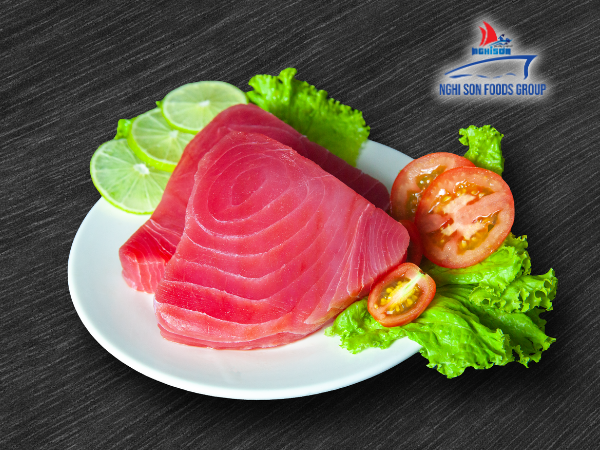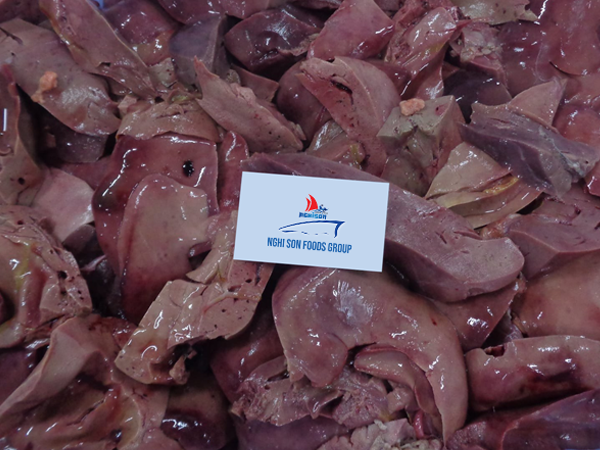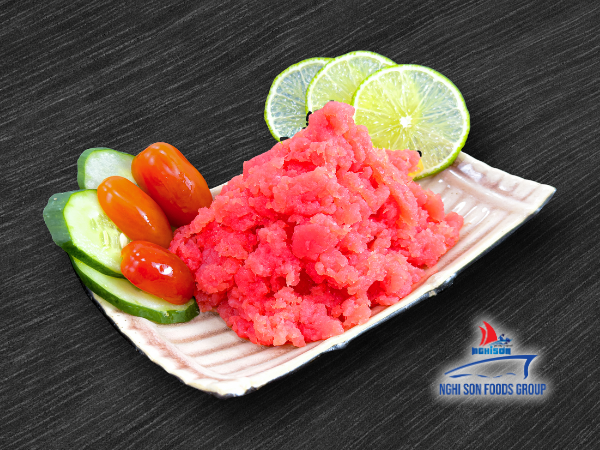When we think of yellowfin tuna, what usually comes to mind is the succulent, rosy fillets served in high-end sushi restaurants or grilled to perfection. However, there’s another part of the yellowfin tuna that remains hidden from most dinner tables but is a culinary and ecological treasure – the yellowfin tuna head. In this article, we’ll take you on a journey to explore the fascinating world of the yellowfin tuna head, from its anatomy to its culinary delights, all while emphasizing the importance of sustainable practices.
Yellowfin Tuna Species
Yellowfin tuna, scientifically known as Thunnus albacares, is a remarkable species found in tropical and subtropical oceans. These fish are true giants, with adults often reaching over 400 pounds. They are known for their torpedo-like shape and the brilliant yellow dorsal fin that sets them apart from other tuna species. Their adaptability to different ocean conditions makes them highly sought after by both commercial and recreational fishermen.
Anatomy of Yellowfin Tuna Head
Skull: The yellowfin tuna’s head houses an intricately evolved skull, which contributes to their speed and agility. This streamlined structure is designed to cut through the water with minimal resistance, making yellowfin tuna efficient predators.
Eyes: Tuna eyes are uniquely adapted for low-light conditions, enabling them to spot prey at great depths. Their vision is a key asset in the pursuit of prey in the deep ocean.
Gills: The gills are vital for respiration. They extract oxygen from the water and expel carbon dioxide, allowing yellowfin tuna to survive in their challenging habitat.
Jaws: The powerful jaws of a yellowfin tuna, filled with sharp teeth, are essential for capturing and subduing their prey, which often includes smaller fish and squid.
Brain: Like all living creatures, the brain serves a crucial role in coordinating various functions, ensuring the tuna’s survival and success as a predator.
Culinary Uses
While yellowfin tuna fillets are widely appreciated, the head is a hidden gem in the world of seafood cuisine. Renowned chefs around the world have recognized the potential of the head and utilize it in an array of delectable dishes. Grilled, stewed, or simmered into a flavorful soup, the head offers a unique texture and a depth of flavor that delights food enthusiasts, creating a culinary experience like no other.
Nutritional Value
Beyond its culinary potential, the yellowfin tuna head is a nutritional powerhouse. It’s exceptionally rich in protein, making it an excellent source of amino acids necessary for building and repairing tissues. Additionally, it’s a significant source of heart-healthy omega-3 fatty acids, which have been linked to various health benefits, including reducing the risk of heart disease and promoting brain health.
Cooking Tips and Recipes
To get you started on your culinary adventure with yellowfin tuna head, here are a few recipes to consider:
- Grilled Yellowfin Tuna Head with Soy Marinade: Marinate the head in a soy-based sauce, then grill it to perfection. The result is a flavorful and tender dish that will leave your taste buds craving more.
- Tuna Head Soup with Fresh Vegetables: Simmer the head in a savory broth with an array of fresh vegetables for a hearty and nutritious soup that’s perfect for any season.
- Tuna Head Sashimi with Wasabi and Soy Sauce: If you’re a fan of raw seafood, sashimi made from the head is a delicacy that’s bound to impress. Dip it in soy sauce and wasabi for an authentic Japanese experience.
Conclusion
The yellowfin tuna head is a remarkable treasure, both in terms of culinary delight and ecological significance. Exploring its anatomy and culinary uses opens up a world of possibilities for seafood enthusiasts, while emphasizing sustainability ensures that future generations can also savor the unique flavors and textures of this remarkable part of the yellowfin tuna.











Reviews
There are no reviews yet.